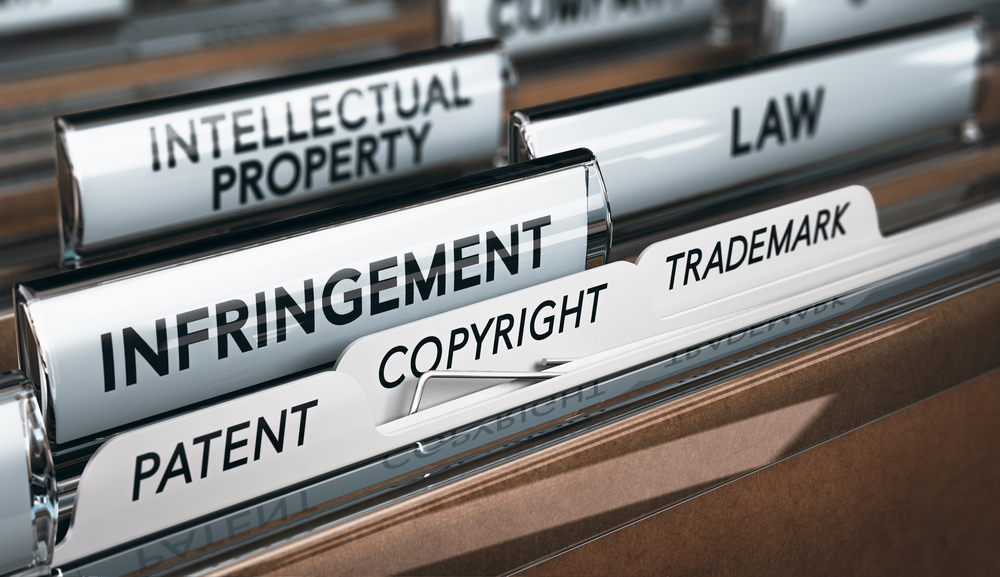Maximizing the Effectiveness of Your Trademark Search
Trademark searches are an important step in the process of securing a trademark for your business or brand. A thorough and comprehensive trademark search can help you avoid costly disputes and ensure that your trademark is eligible for registration. But how do you conduct a successful trademark search? Here are some tips to help you maximize the effectiveness of your search: Start by identifying the types of goods or services that you will be offering under your trademark. This will help you narrow down the scope of your search and ensure that you are searching for relevant trademarks. Use multiple search tools. There are a variety of online tools and databases that can help you conduct a trademark search, including the United States Patent and Trademark Office's (USPTO) Trademark Electronic Search System (TESS) and the Trademark Clearance Center's Trademark Search Engine. It's a good idea to use multiple search tools to get a more comprehensive understanding of potential conflicts. Consider hiring a law firm. If you have the budget, consider hiring a law firm to conduct a comprehensive search on your behalf. We have access to a wider range of resources and can provide a more thorough analysis of potential conflicts. Don't just search for identical trademarks. It's important to also search for trademarks that are similar to yours, as these could also pose a conflict. This includes trademarks that are phonetically similar, visually similar, or have a similar connotation. Don't forget about common law trademarks. In addition to registered trademarks, you should also consider common law trademarks, which are trademarks that are not registered but have been in use for a significant period of time and have acquired a secondary meaning in the marketplace. [...]






